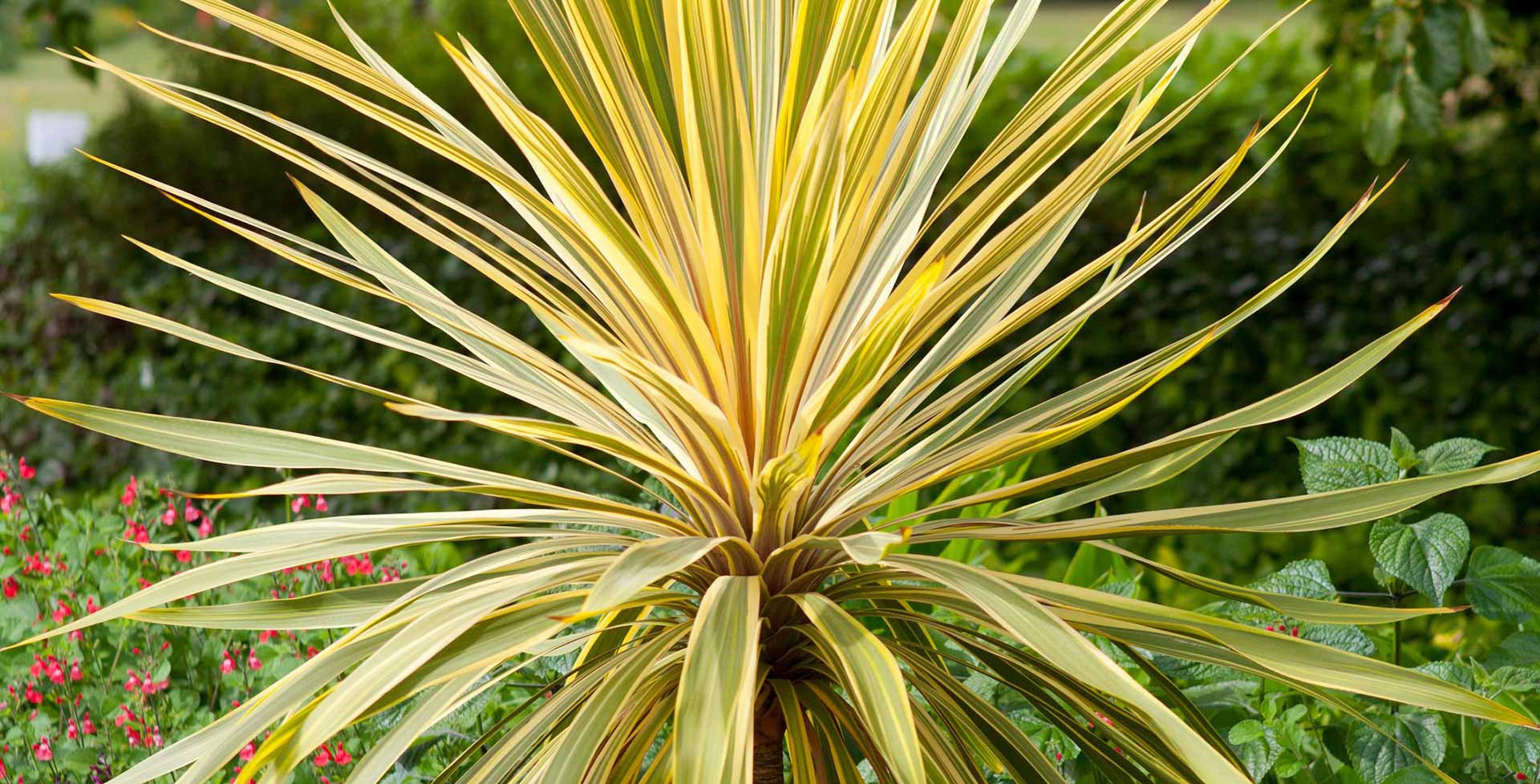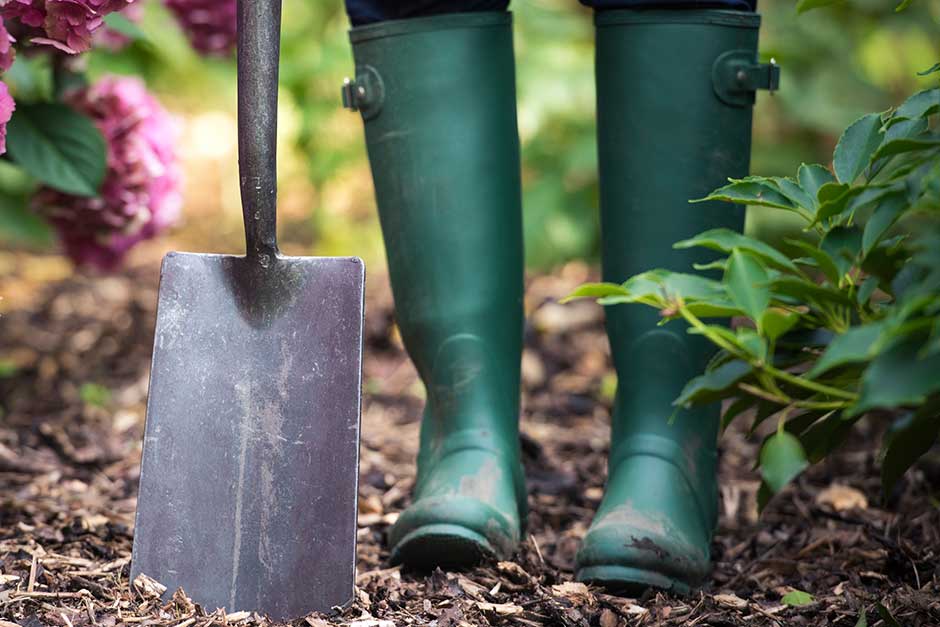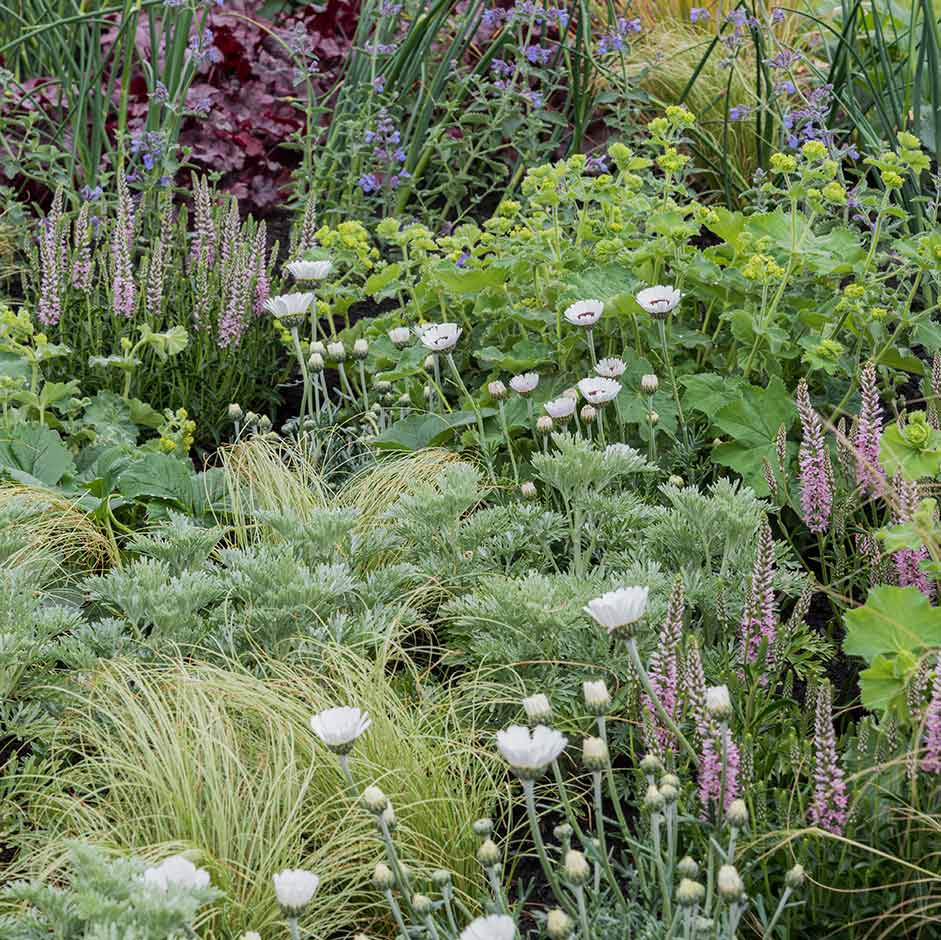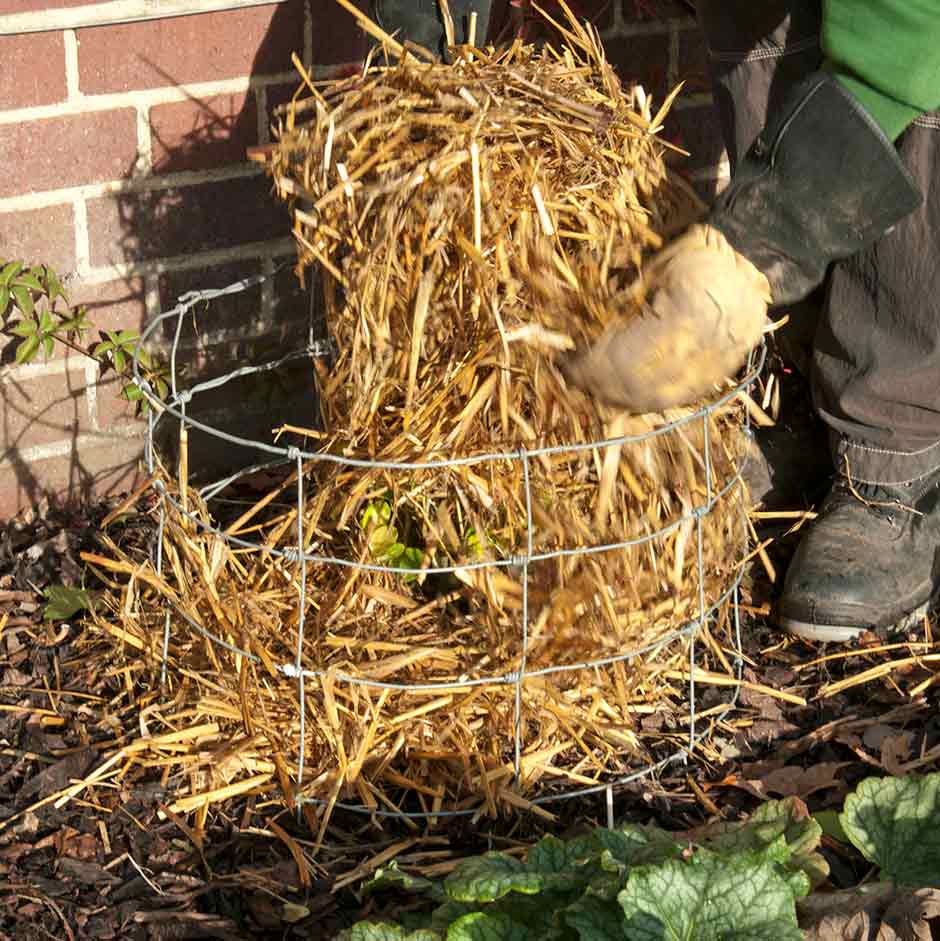
Introducing...
Cordyline
With their exotic, palm-like appearance and attractive foliage in shades of green, bronze and purple, cordylines are popular and dramatic plants. They are happiest in mild locations, especially coastal and urban gardens, needing winter protection in frost-prone areas. Young plants are often used in bedding and container displays, while tender species make striking houseplants.
Looks
Young cordylines have a fountain of strappy evergreen leaves, which can be green or various colours, including copper and purple, or striped with pink, white or yellow. Older plants form a trunk and resemble an exotic palm, with a tuft of foliage on the top.
Likes
Cordylines enjoy warmth and shelter, and prefer well-drained soil. Young plants and those growing in containers need regular watering in summer, but mature specimens in the ground are drought tolerant.
Dislikes
Cordylines suffer in cold, wet conditions, so give them protection over winter. Avoid planting in frost-prone areas. They also dislike damp or waterlogged soil and deep shade.
Did you know?
In warm summers, mature cordylines will produce spikes of tiny flowers, which are richly fragrant and a magnet for bees. The small round fruits that follow provide food for various garden birds, including blackbirds and thrushes.
Growing guide

How to grow cordyline
All the information you’ll need to grow and care for cordyline in your garden.
Cordyline we recommend
Cordyline australis 'Torbay Dazzler' (v)
cabbage palm 'Torbay Dazzler'
- 2.5–4 metres
- 1–1.5 metres
Cordyline australis 'Torbay Dazzler' (v)
cabbage palm 'Torbay Dazzler'
- 2.5–4 metres
- 1–1.5 metres
Useful advice

Drought-resistant plants

Exotic and subtropical gardening

Preventing winter damage
Cordyline slime flux
Get involved
The Royal Horticultural Society is the UK’s leading gardening charity. We aim to enrich everyone’s life through plants, and make the UK a greener and more beautiful place.